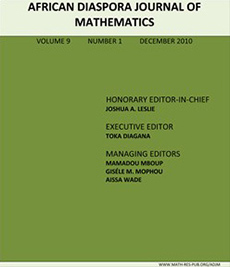Abstract
Psoriasis is an autoimmune prevalent chronic skin disease discriminated by T-Cells mediated hyperproliferation of epidermal Keratinocytes. In this research article, we extend the research work [1] and consider a mathematical model for Psoriasis, involving a set of differential equations with T-Cells, Dendritic Cells (DCs) and epidermal Keratinocytes. We introduce here the fractional-order differential equations into the mathematical model of Psoriasis with effect of Cytokines release to observe the impact of it on the cell-biological system. Analytical study on the basis of stability analysis with fractional derivative is furnished. Moreover numerical simulation through nonstandard finite difference methods has been applied for solving the fractional-order differential equations to support the analytical results. We have established that the effect of Cytokine network through exploring the suppressed memory, the inherited property of the system dynamics, in our mathematical model that contributes a greater impact for reducing the Keratinocyte cell population, causes the disease Psoriasis.
Citation
Priti Kumar Roy. Abhirup Datta. Sourav Rana. "The Fractional-Order Differential Equation Model of Psoriatic Pathogenesis: A Mathematical Study." Afr. Diaspora J. Math. (N.S.) 15 (2) 35 - 46, 2013.
Information





